Humping, like many other things our dogs do that we find annoying, inconvenient, or downright awkward, is a common and natural canine behavior. And, in the grand scheme of things, it’s often a reasonably harmless one too. However, while some dogs may choose to have a little (ahem) intimate time with a favorite stuffed toy or other inanimate object, some are a little overgenerous, sharing their affection around.
If you find that your Dood is spending an increasing amount of time getting rather too friendly with other, less willing dogs or, far worse, people’s legs, you’re going to want to do something about it. Luckily, there are a few methods for preventing this behavior or redirecting your pup’s enthusiasm to another activity. Here we’ll take a look at a few of these while providing insights into some of the more surprising reasons dogs hump.
Table of Contents
- Why Dogs Hump – Beyond The Obvious, That Is…
- So How Exactly Can You Stop Your Dog From Doing It?
- Training The Problem Away
- Frequently Asked Questions About Dog Humping Behaviors
Why Dogs Hump – Beyond The Obvious, That Is…
We all know what lies behind humping, right? I mean, it’s pretty apparent, really – or is it…? While hormones and reproduction are undoubtedly at the root of why mounting occurs – at least some of the time, they don’t account for why it is equally common among neutered males and, even more bizarrely, female dogs. In fact, all signs point to motivation for canine humping behaviors going far beyond their traditional, functional purpose. Other reasons you may find your pup suddenly getting a little x-rated include:
Excitement – You Know… The Other Kind!
Non-sexual arousal, such as when your pup develops a sudden case of the whizzies, is happy to see you home or is simply having a great time down the park with their friends, can all lead to this unwanted action. Some dogs run in circles; others like to bark up a storm, yours simply enjoys rubbing their intimate parts against something. It really is just one of those things. Excitement tends to be the most common reason for humping.
Stress and Anxiety
More peculiarly, negative emotional arousal can also sometimes lead to mounting and humping. Much like chewing or licking, it’s one of those repetitive actions that can be used for self-soothing. This can happen when your hound is feeling uncomfortable about an environment or situation. Canine experts refer to this as a displacement behavior, and people have them, too – although humping, happily, doesn’t usually feature!
To Get Your Attention
While hormones and/or emotions usually lie at the center of why a dog starts humping, it can also become a learned response. Usually, this happens because your pet sees that it’s an excellent way to get your attention – and fast. To most dogs, that really is the very best reward of all. So the humping quickly becomes a reinforced behavior. Even if the attention you give your dog is negative – shouting, pushing them down, it’s still better than no attention at all. Besides that, they may view this as you joining in the game.
Because They Are Unwell
Some humping behaviors could even indicate that it might be time to get your pal down to the vet pronto. This will especially be the case when this is a new behavior in an older dog or if the humping increases exponentially. Urinary tract infections, skin allergies, and priapism (persistent erections) could all lie behind what might appear to be humping. You may notice additional symptoms such as frequent licking or biting of this particular area, as well as red, inflamed, and sore-looking skin or changes in your dog’s toileting.
So How Exactly Can You Stop Your Dog From Doing It?
As humping is such a normal canine behavior, you may be happy simply to ignore it. When limited to a toy or even to other dogs as part of play, it can be fine as long as the other dogs don’t mind. However, it can quickly become an issue if it’s excessive if your pup is terrorizing people this way or when they encounter less laid-back playmates. That’s why many owners like to have a way to handle their pet’s humping behaviors. Starting with the more evident solution, you might consider:
Getting Your Pet Spayed or Neutered After Consulting A Vet
If your dog is intact (by that we mean all their reproductive parts are still in working order), it’s best to assume hormones are the happy culprits of their humping. If the other dog is also intact, you could have a far larger issue on your hands than a little canine fun. Early spaying and neutering could bring this behavior to an end… then again, it might not. If your pup has become hardwired for humping either because it’s become a habit or a learned behavior, you might still have to apply some of the methods we’ll outline below.
Training The Problem Away
Happily, desensitization and counter-conditioning, when used in tandem, are more than up to the job of tackling a multitude of underlying causes of humping behavior, including each of these. They can be used to reduce emotional reactivity and to teach your pooch another, more appropriate way to behave. The techniques used for each are highly practical and tend to be very effective, even with older dogs.
Getting Started – Helping Your Dog Calm Down
Recognizing the root motivation for your pet mounting people, pets, and inanimate objects will go a long way without helping you to reduce the behavior. Cues in their body language will enable you to differentiate between stress and excitement. And it’s useful for you to make a note of the situations that inspire humping the most often. Consider your own role in the behavior – how do you react when your hound starts to hump?
Once you’re able to get a handle on whether the behavior is more emotion-driven or whether they are using it as a way to get your attention, you’ll be able to start putting training into play. With emotions especially, it’s helpful to focus on altering your dog’s environment to set them up for success. For instance, if the object of your pal’s affection is an item of furniture, removing or restricting access to it is a good first step.
A hound that’s constantly bothering visitors might also do best with being kept away from them – at least at first. Pop them in their crate or make use of a baby gate to restrict them to the kitchen or laundry room, and you may find that they are able to calm themselves down enough that the behavior doesn’t even happen. The other advantage of this is that it prevents the action from becoming more ingrained or further reinforced.
The same rule applies when you’re out and about. If your Dood hassles others in the park (human or canine), keep them on a leash. This way, you can still allow them to interact with others (socialization is a vital part of your dog learning emotional regulation, after all), but you can immediately put a stop to any funny business before it gets out of hand.
Addressing The Behavior Right As Its Happening
As you start implementing techniques to extinguish humping behavior, the most important thing to remember is that you need to build a strong association in your dog’s mind between the action and the consequence. One of the main reasons for failure with encouraging or discouraging behaviors is not creating this link, or worse, creating this link with an altogether different action. For instance, if you teach your dog to sit but give them the reward only when they jump up, you will be encouraging them to do this instead.
One way around this is through the use of a clicker or word cue during positive reinforcement training. This is much easier to deliver at the exact moment of the wanted behavior and lets the dog know the reward is coming and just what it’s for. Likewise, some expert trainers make use of something known as a “non-reward marker” to signal an unwanted behavior to the animals they work with and indicate that a consequence will occur. Although, this is not so established, and its success is a little harder to gauge.
Use The “Time-Out” Technique To Discourage Humping
However you choose to mark the undesirable behavior with your pup, you need to carefully consider the consequence. Traditional punishments such as shouting and smacking don’t work. They are more likely to confuse your dog, make them anxious around you or even prompt them to lash out. Instead, you might opt for “negative punishment.” While that sounds like much of the same, it’s actually not.
Negative punishment refers to decreasing unwanted behaviors by removing something considered good or desirable. In this case, you’ll give your pal a time-out away from the people or pups creating the behavior. When done regularly, your dog will come to understand that humping causes the fun times to end. Plus, as touched on above, it gives them the opportunity to calm down and makes it more likely that they will listen to you.
During this time out, you want to avoid interacting with your four-legged friend (remember that attention is the best kind of reward for your dog). You also want to keep them away from treats, toys, or any other type of fun. However, time-outs should be limited in their duration. You want them to be just long enough that your dog understands they are a consequence but not long enough that they become the other kind of punishment.
Distracting Your Dog’s Attention And Redirecting Their Enthusiasm
Once your fur baby starts to understand that not only does humping not lead to rewards, but it, in fact, even takes the ones they are currently enjoying away, you can start to direct them towards acting another way.
Intersperse time-outs with controlled access to the “stimulus” by letting them greet other people or dogs, for instance. Remain close, and if you notice signals that they might be getting ready to mount, prepare to intervene. Attract your pup’s attention by calling them over to you, then get them to obey a command, such as “sit,” and reward them for it. Keep your voice cheerful, and your dog will be more likely to pay attention. Often owners shout at their pets to get their attention. All this does is make them less inclined to come.
At first, your dog might be a little reluctant to break up the fun. This is when it’s helpful to have a high-value item to hand to provide a little more incentive for them to return to you. Delicious treats or a favorite toy should do the trick. Amp up the enthusiasm in your voice to let your pup know you are open to playing a game with them – tug or fetch – and they will likely willingly abandon a little light humping in favor of that.
Remember to always reward your dog for listening to you, returning to you, and obeying your commands. Get other people involved in the situation (whether as a target or as an owner) on board, too, so they are not undermining your efforts. Have them remain calm and either turn or walk away from the situation rather than shouting or pushing your pet away so as not to reinforce the behavior. Between this and the time-outs, you should be able to gradually discourage the humping.
While you want to prevent or put a stop to your pup’s mounting just as soon as you can, if they start to get snappy with you, this might well be a situation that’s a little too tricky for you to handle on your own. You may need a little help from a professional trainer.
Beyond that, it goes without saying that you should never attempt to break up a fight between dogs with your hands. There are a few techniques for doing this depending on what kind of fight is occurring, but startling the dogs by making a loud noise or throwing something over them generally works best.
Frequently Asked Questions About Dog Humping Behaviors
There are a variety of methods you could employ to work on extinguishing humping behaviors in your pet. The one you choose will be determined by why your dog is humping in the first place. If it is emotion-driven, then desensitization techniques can help, whereas if it is a learned action, you might need to do some counter-conditioning.
While mating is the most obvious motivator of humping, it’s certainly not the most common reason for dogs doing this. Often hounds hump each other in play or people when they are feeling particularly excited. Stress can also lead to self-soothing humping. Your dog might also have learned that this action gets their owner’s attention well.
Depending on when you get your dog neutered, it might help with reducing humping, or it might not. Younger dogs who have just started to do this will likely be doing it for hormonal reasons, and so you may find the behavior goes away. However, with older dogs, it may have already become a habit for them, so you’ll need to work a little harder.
Some common conditions that cause itching of the genital and surrounding area could cause humping as it may help to relieve the symptoms. Priapism (persistent erections) might also be to blame, although it’s far less common. With all of these, you’ll likely notice your dog paying more attention to this area than they normally do – licking, biting, etc.
Right off the bat, the best way to prevent your pup from mounting is to keep them on the leash. Gradually allow them to interact with other dogs this way, so you can quickly put a stop to any early signs. When your pal goes to mount, put them in a time out to enable them to calm down and to teach them this is not a welcome behavior. As time goes on, you should get to the point where you can allow your dog off the leash and simply redirect their attention when you think humping is going to happen.
While dogs humping might be embarrassing for their owners, it’s a common and relatively innocuous behavior. However, if it’s starting to get a little out of hand, you might want to do something about it. A carefully crafted training program involving desensitization techniques, negative punishment, and counter-conditioning can help teach your dog a different way to behave. Hopefully, some of the methods outlined here can help you manage your Dood. Baxter and Bella also have some useful tips on this, with a podcast and plenty of helpful training information.

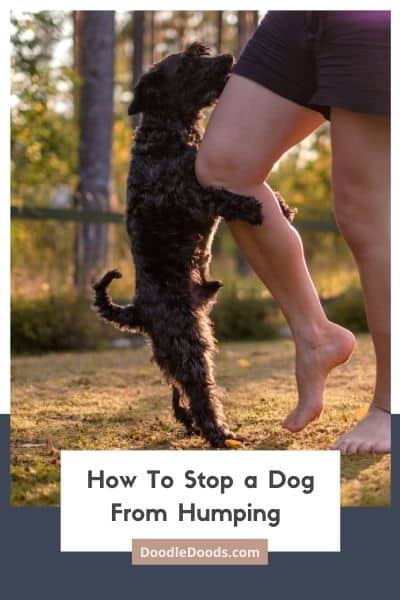
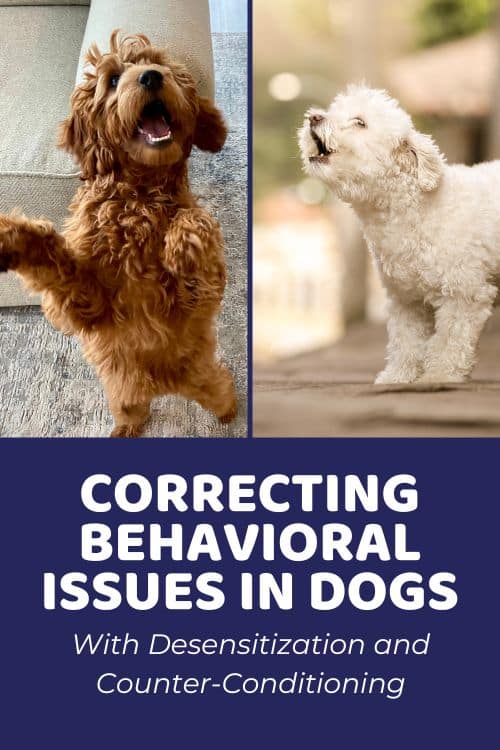
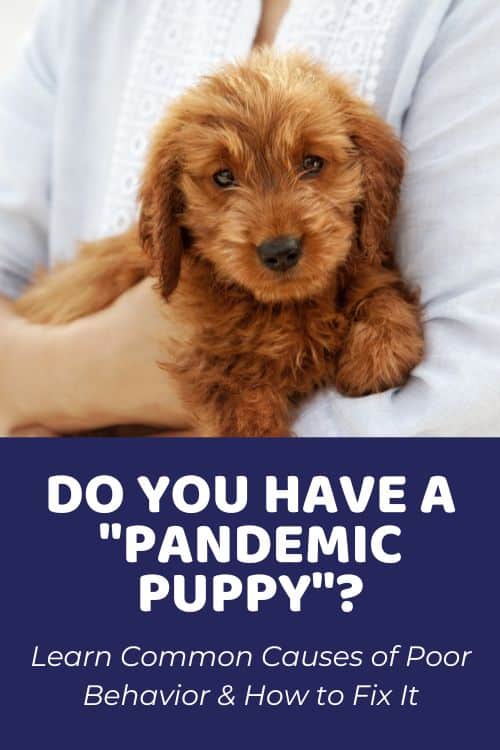


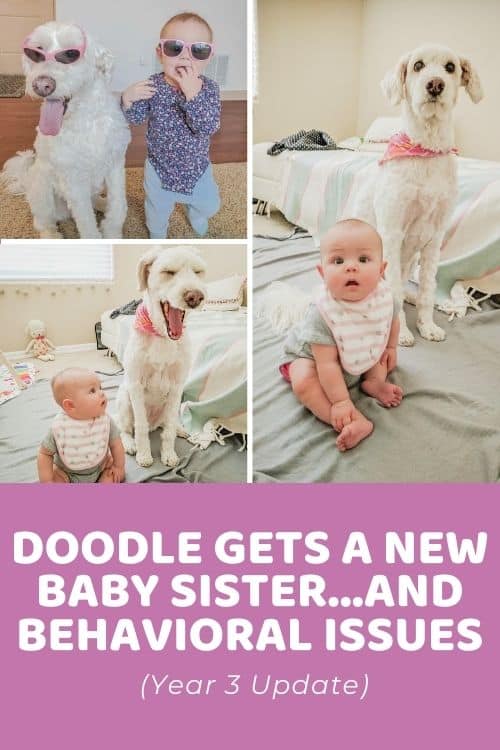
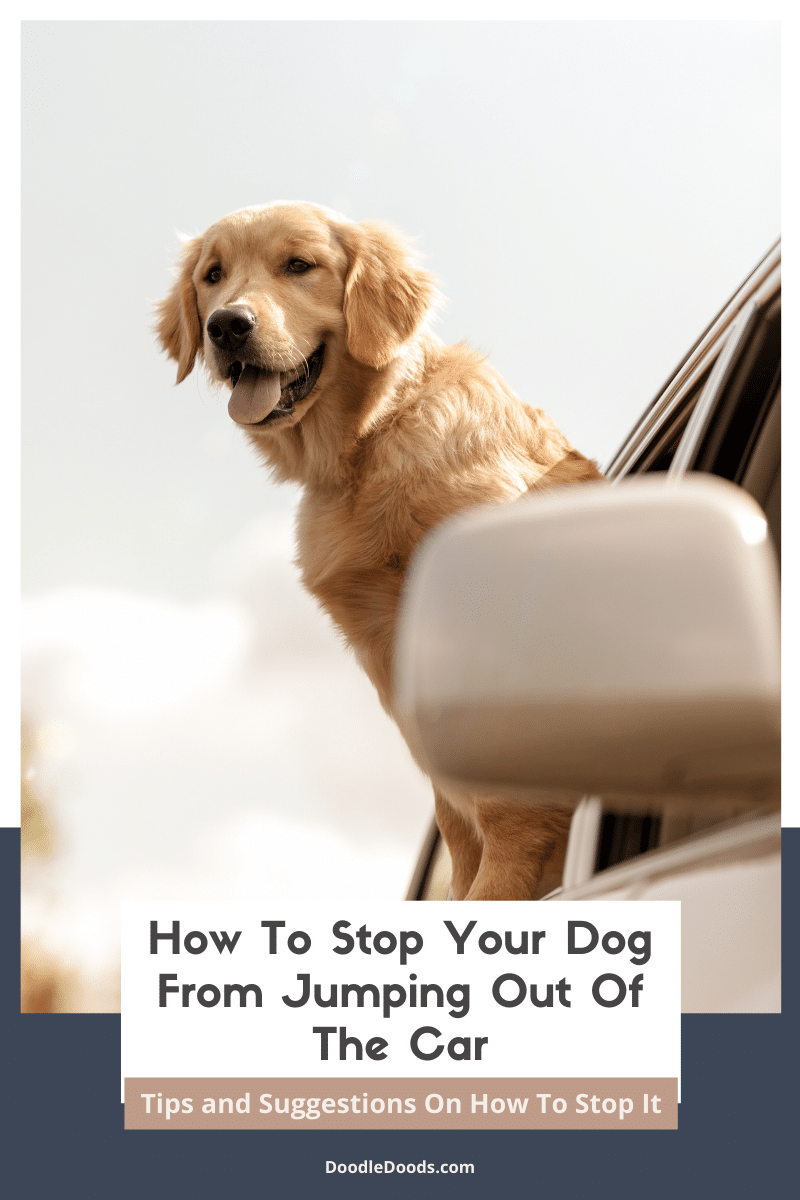

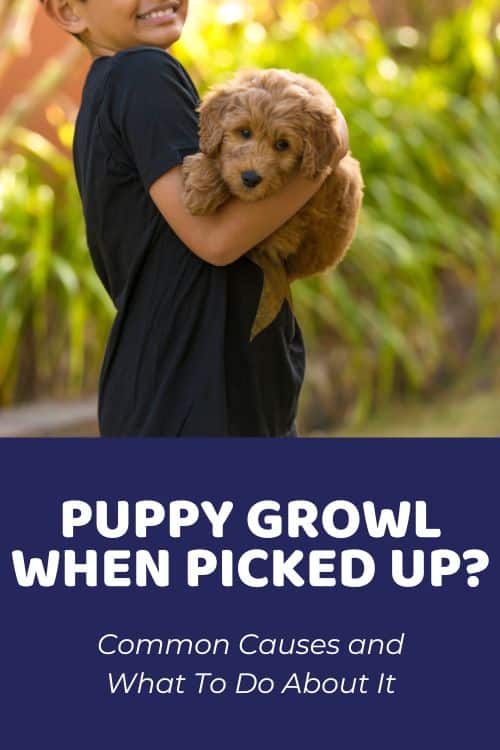
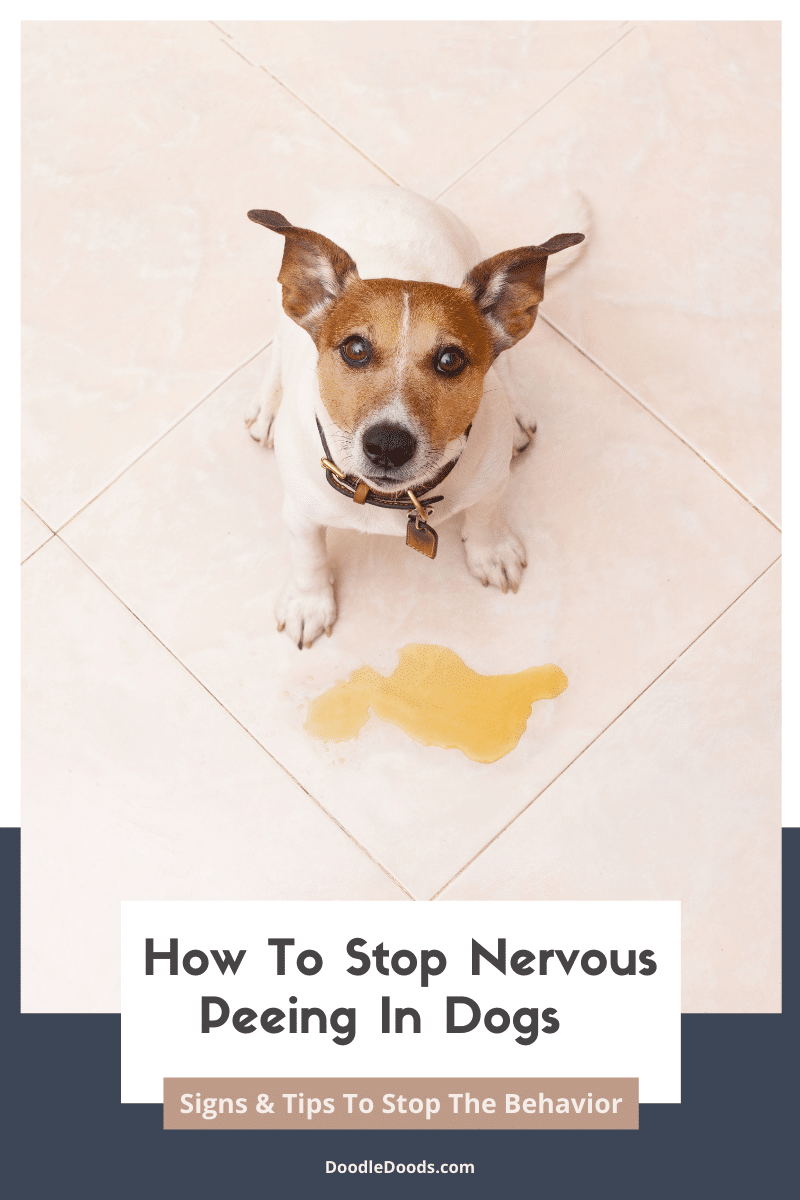
Yes, but it is only does this after he eats lunch or dinner. Then he is so happy and excited, he jumps up and tries to hump my leg, not my husband only me. He also pretends to bite my arm as he jumps up. Of course, I don’t like that at all! He is almost 2 and his name is Ollie. He is two tone, white with light brown ears with large patches of brown on his legs and back.
February 4, 2024 at 12:52 pm